Chapecoense air crash: Bolivia suspends LaMia airline
- Published
The recording captures the final moments of the plane before it crashed
Bolivia's aviation authority has suspended the operating licence of LaMia, the charter airline whose plane crashed on Monday killing 71 people.
It was LaMia's only operational plane, and had been part-owned by the pilot.
The aircraft carrying Brazil's Chapecoense football team went down near Medellin, Colombia. There were only six survivors.
Colombian authorities say evidence is growing that the plane crashed because it ran out of fuel as it tried to land.
LaMia was only set up last year, and has three aircraft - two of which are being repaired.
The British-made BAE 146 Avro RJ85 aircraft had no fuel when it plunged into a mountainside near Medellin, Colombian aviation chief Alfredo Bocanegra said, corroborating audio of the pilot asking to land because of a fuel shortage and electric failure.

"Having been able to do an inspection of all of the remains and parts of the plane, we can affirm clearly that the aircraft did not have fuel at the moment of impact," Mr Bocanegra said.
'Total electric failure'
Freddy Bonilla, another aviation official, said regulations stipulated that aircraft must have 30 minutes of fuel in reserve to reach an alternative airport in an emergency, but "in this case the plane did not have" it.
"The engines are the electrical source... but without fuel, obviously the electrical source would have been completely lost," he added.
In a leaked tape, the pilot, Miguel Quiroga, can be heard warning of a "total electric failure" and "lack of fuel". Just before the tape ends, he says he is flying at an altitude of 9,000ft (2,745m).
The plane was carrying Chapecoense, who had been due to play a football cup final against Atletico Nacional in Medellin on Wednesday.
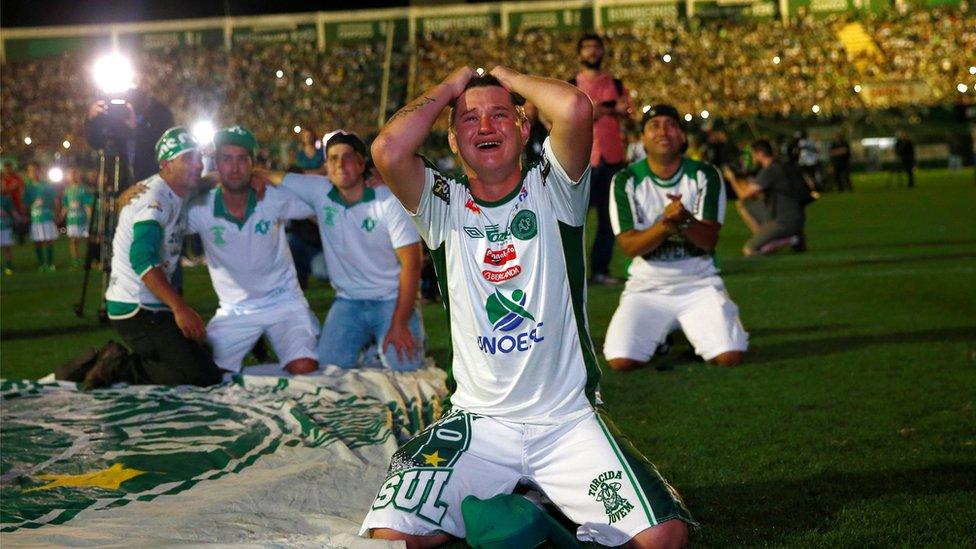
Many Chapecoense fans were in tears at their stadium in Chapeco, Brazil
The team flew from Sao Paulo to Santa Cruz on a commercial flight, then switched to the chartered aircraft.
Brazil's O Globo reported that because of a delayed departure, a refuelling stop in Cobija - on the border between Brazil and Bolivia - was abandoned because the airport did not operate at night.
The pilot had the option to refuel in Bogota, but headed straight to Medellin.
Richard Westcott reports from a 'black box' investigation centre in the UK
"The pilot was the one who took the decision," Gustavo Vargas, a representative of Lamia, was quoted as saying in Bolivian newspaper Pagina Siete. "He thought the fuel would last."
Approaching Medellin, the pilot asked for permission to land because of fuel problems, without making a formal distress call.
But another plane from airline VivaColombia had priority because it had already suffered a fuel leak, the co-pilot of another plane in the air at the time said.
The pilot of the crashed plane is heard asking urgently for directions to the airport before the audio recording ends.
Unconfirmed media reports say that a Bolivian official at Santa Cruz airport checked the paperwork for the LaMia plane and pointed out to the company that the amount of fuel they had was not enough.
Officials say the plane's "black boxes", which record flight details, will be sent to the UK to be opened by investigators. A full investigation into the crash is expected to take months.

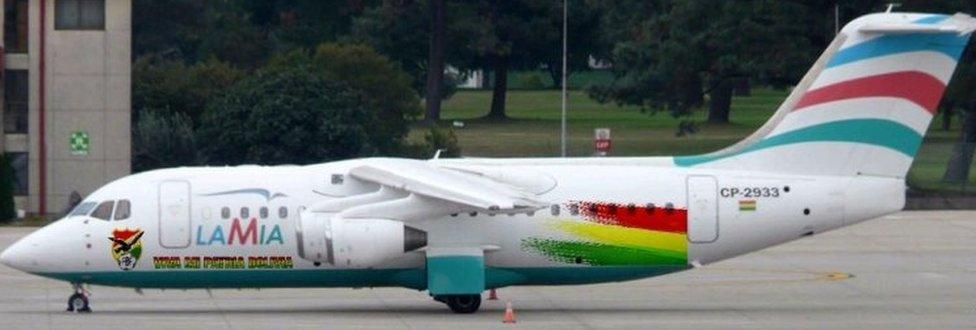
Unanswered questions - by Richard Westcott, BBC's transport correspondent
There are some critical questions investigators need to answer.
If the plane did indeed run out of fuel, why didn't the crew fill up en route, as was reportedly planned?
And why wasn't it carrying the required 30-minute fuel reserve? Or maybe it was, and there was a fuel leak somewhere.
Also, why was the aircraft told to circle while another flight with a problem was given priority to land? Did the crew make it clear to the ground that they had a crisis on their hands?
Looking at the radar track, it appears to circle for around 13 minutes. Yet it was only around three or four minutes flying time from the airport.
Accidents normally come down to a series of problems and decisions that add up to catastrophe. There are often moments, with hindsight, where a tragedy could have been averted.
We still don't have an official explanation yet. So, there may be facts or problems yet to come out that put a totally different complexion on what happened.

On Wednesday night, when the match had been due to take place, tens of thousands of fans gathered at the Medellin stadium - and at Chapecoense's home ground in Chapeco - to pay tearful tributes.
Many wore white and carried candles as a mark of respect. Chapecoense lost 19 players in the crash. Twenty journalists were also killed.
Of the survivors, Chapecoense said two players remained in a critical but stable condition, while the club's goalkeeper had had one leg amputated and might still lose his other foot.
An injured journalist also remained in critical condition, the club said.
- Published2 December 2016
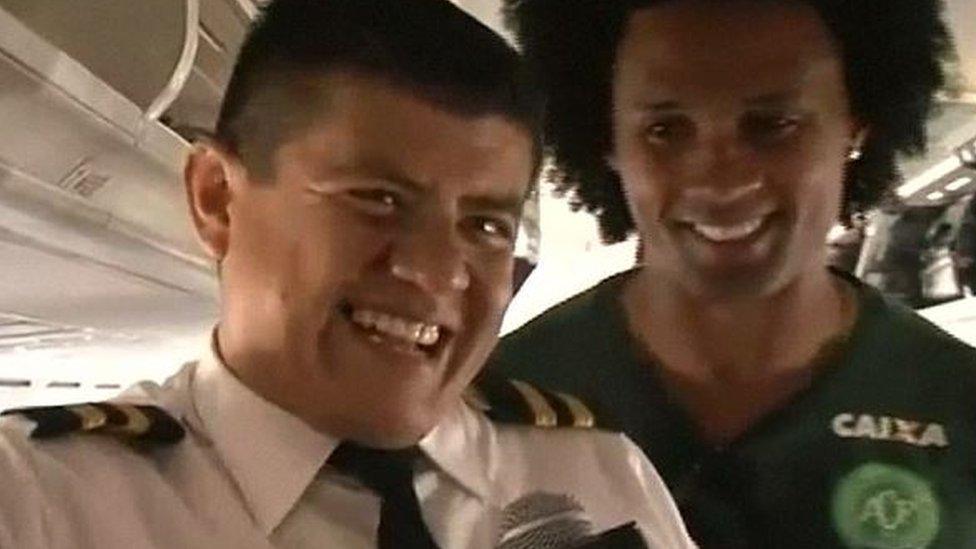
- Published2 December 2016

- Published9 December 2016
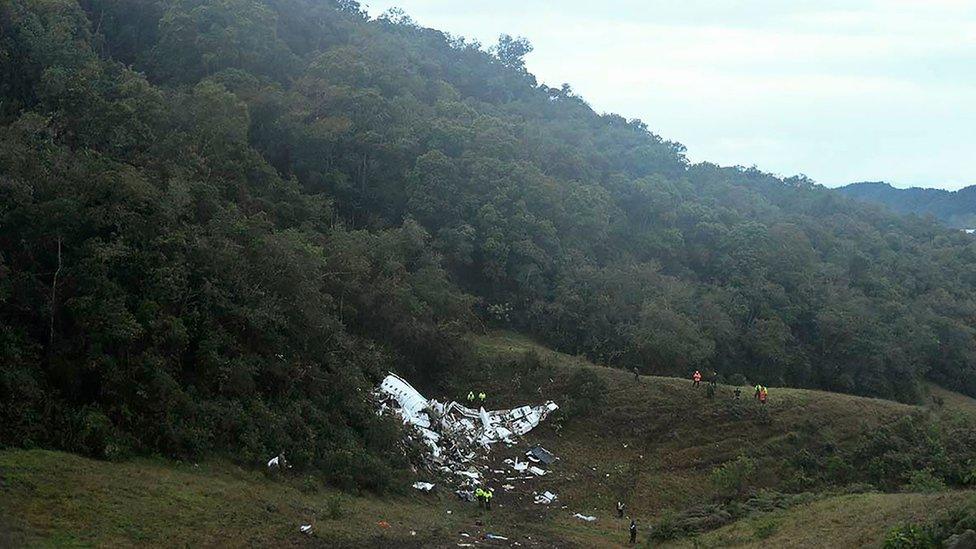
- Published30 November 2016
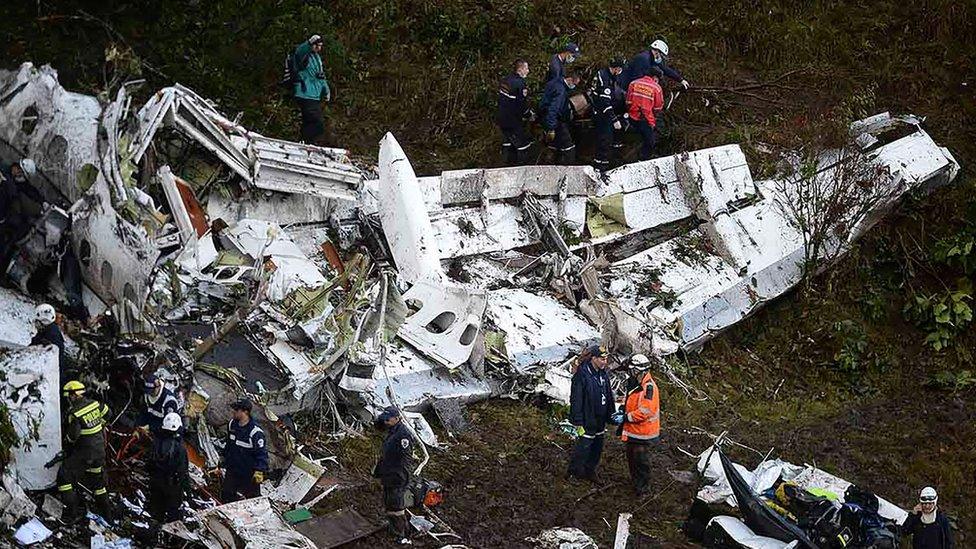
- Published29 November 2016
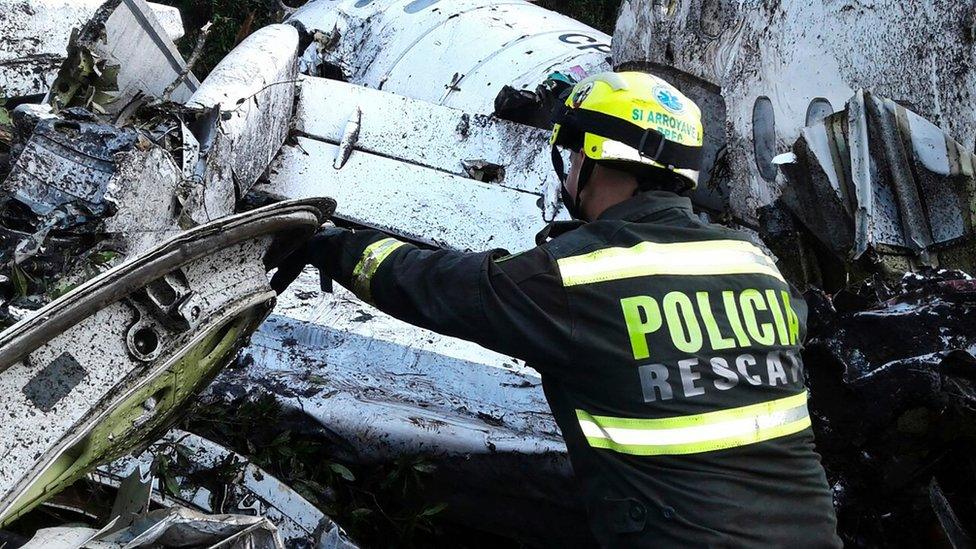
- Attribution
- Published29 November 2016
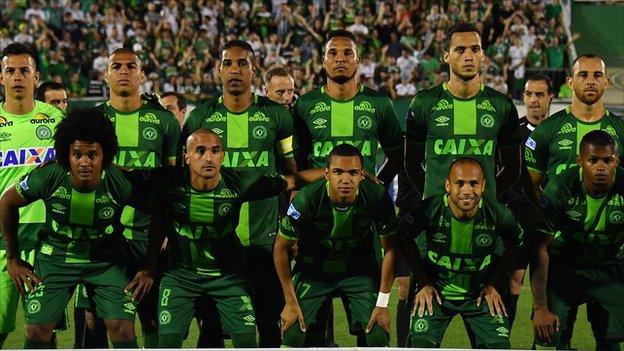
- Published29 November 2016
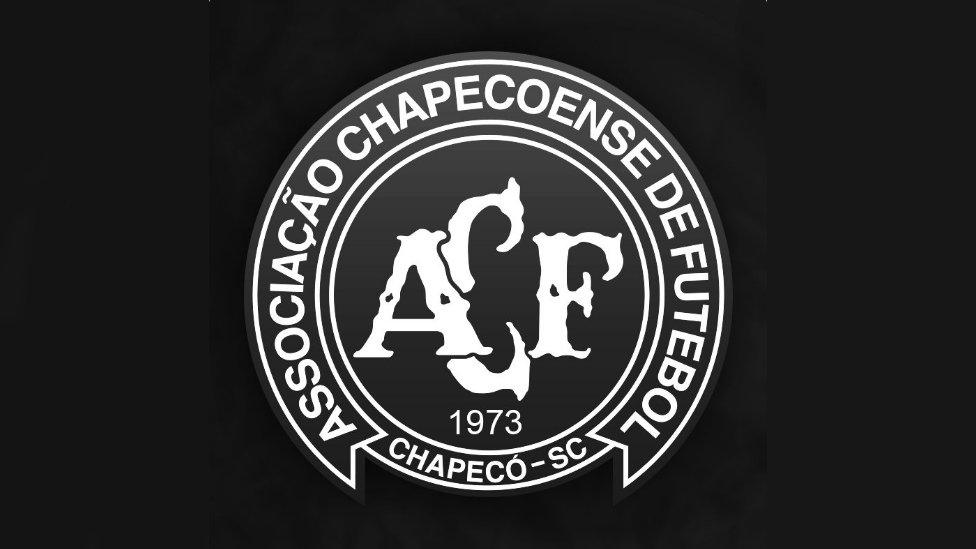
- Attribution
- Published29 November 2016
